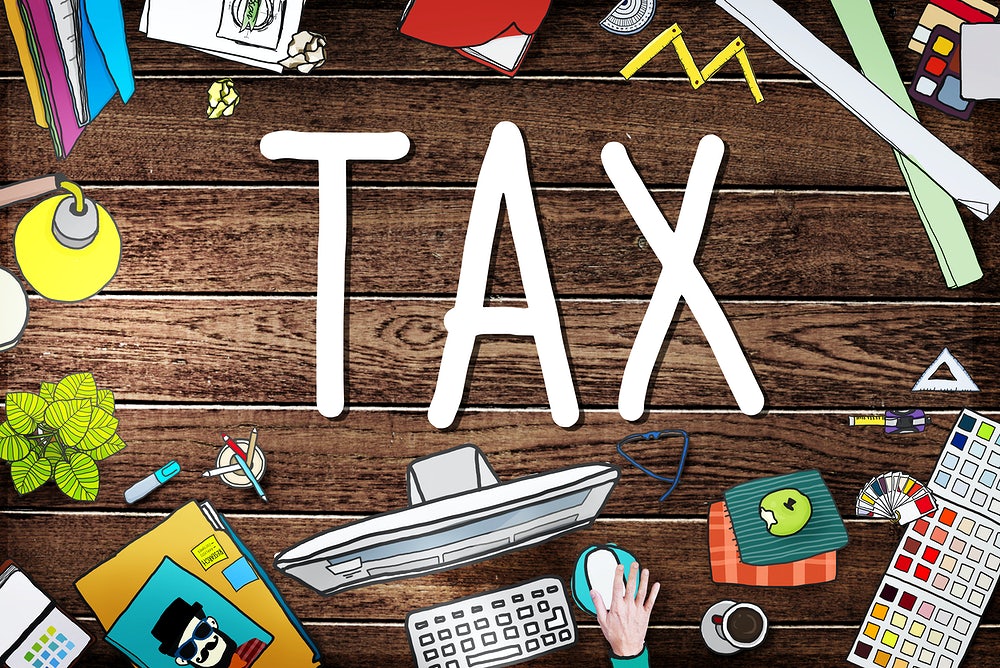Difference between Business Identification Number and TIN

What is the difference between a Business Identification Number and a Taxpayer Identification Number? This is a common question that most people want an answer to. When it comes to taxation, there are two chief identification types: Taxpayer Identification Number (TIN) and Business Identification Number, more popularly referred to as Employer Identification Number (EIN). In this post, we will understand the difference between the two and also explain their uses.
Understanding the Difference between Business Identification Number and TIN
While filling out personal or business-related documents in the US, you are requested to provide your Tax Identification Number. Although there are several numbers that you can provide for this purpose, TIN and EIN are the most common ones.
Many times, these two numbers are used interchangeably and people fail to recognize the difference between them. Here, we will reveal the fundamental dissimilarity between the two.
What is Taxpayer Identification Number (TIN)?
A TIN is an exclusive nine-digit number used to identify a person or a business entity in tax returns. Essentially, TIN is an umbrella term that covers many numbers that serve the purpose of administering US tax laws aside from performing other functions.
A TIN is either issued by the Internal Revenue Service (IRS) or the Social Security Administration (SSA). When issued by the former, a TIN is the Individual Tax ID Number. Alternatively, it is called the Social Security Number when it is issued by the SSA.
Your Tax Identification Number is a vital document when you file taxes every year. It is a must when you are paying TN Visa taxes, E2 Visa taxes, OPT Visa taxes, L1 Visa taxes, Independent Contractor taxes, and more.
What is a Business Identification Number?
Also known as Employer Identification Number (EIN), this is issued by the IRS to businesses operating in the US. It is also a nine-digit unique number that is required while opening business bank accounts, obtaining permits and licenses, and managing payroll for employees.
Certain sole proprietors may not require this number. If you have a sole proprietorship firm, you will require a Business Identification Number if:
- You have one or more employees working under you
- You have a Keogh plan
- You have to file excise tax forms

What is the Difference?
The primary difference between the two is that a Business Identification Number or EIN is used to identify companies whereas a TIN is used to identify taxable individuals in the US. Also, there are different scenarios in which either of these two can be used.
In simple words, an EIN can be understood as a type of TIN. This implies that you can use a TIN in place of an EIN but not vice versa.
How to Obtain a TIN or EIN?
Now let us understand the different ways in which you can get a TIN or an EIN in the US.
How to Obtain a Tax Identification Number?
Since TIN comprises many different types of tax id numbers, there are varied ways to obtain them. Only the Social Security Number is issued by the Social Security Administration while all others are issued by the IRS.
How to Get an EIN?
As opposed to a TIN, an EIN is obtained right away and without any additional charges. To get this, you must carefully check your state guidelines.
- Apply Online
This is the most convenient way to apply for a Business Identification Number or EIN. You can opt for an interview-style application online to submit the SS-4 Application for Employer Identification Number. After the information you provide is validated, you will receive the number immediately within the same online session.
Even though you receive the number immediately, you must wait for 1-2 weeks before filing electronic returns or making deposits.
- Apply by Fax or Mail
If not online, you can also apply for your Business Identification Number through the mail or fax. In this case, you need to print your SS-4 application form and mail or fax it to the appropriate number of your respective state. But before you do that, make sure all the enclosed information is accurate and updated.
It is important to note that the fax method takes about 4-5 business days. You must provide your fax number along with the application to allow the IRS to send you the EIN within the stipulated time. By mail, it may take around 4 weeks to receive your EIN.
